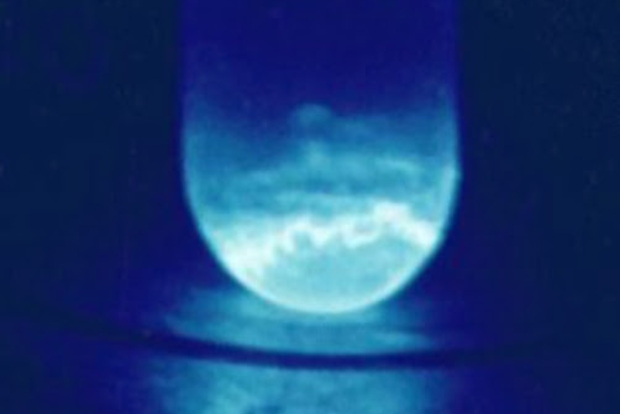Begin typing your search...
Elementary Physics: Scientists unlock some secrets of the mysterious Einsteinium
Einsteinium is an element with a famous name that almost no one has heard of. With 99 protons and 99 electrons, it sits in obscurity near the bottom of the periodic table of chemical elements, between californium and fermium.

Chennai
It first showed up in the explosive debris of the first hydrogen bomb in 1952, and the team of scientists who discovered it gave it a name to honour Albert Einstein. Even today, scientists know little about it. Einsteinium is highly radioactive. Because there are no stable versions that do not fall apart within a few years, it is not found in nature. It can be produced in a few specialised nuclear reactors, but only in minute amounts.
Writing in the journal Nature, researchers led by Rebecca J. Abergel, who leads the heavy element chemistry group at Lawrence Berkeley National Laboratory in California, reported on Wednesday that they have now worked out some basic chemical properties of einsteinium.
It was not easy. Indeed, Dr. Abergel described her paper as the culmination of “a long series of unfortunate events.”
David L. Clark, a scientist at the Los Alamos National Laboratory who was not involved with the research, said the end result was a “tour de force” and part of a renaissance in the study of these heavy elements, which have very different properties than lighter, more common elements and could be used in novel nuclear reactors or cancer therapies. “This kind of work hasn’t been done before,” Dr. Clark said. “It’s state of the art.” It took a while to get started.
A few years ago, Dr. Abergel missed out on a chance to obtain some einsteinium that was produced at Oak Ridge National Laboratory in Tennessee — a federal research center that was central to the production of the uranium used in the first atomic bombs — because she had not raised money for research in time. She was ready for the next einsteinium production campaign in 2019.
After she and her colleagues designed the experiments and safety procedures for handling the radioactive element, Oak Ridge told them that there would not be any einsteinium after all. But about a week later, Oak Ridge then said it could provide some einsteinium. “All of a sudden, it’s like, ‘Oh, it’s coming,’” Dr. Abergel recalled. “But you only get one-third of what you thought.” That smaller amount was less than 250 nanograms, or 250 billionths of a gram — less than one one-hundred-millionth of an ounce.
Worse, the sample that the Berkeley researchers received was heavily contaminated with einsteinium’s periodic table neighbour, californium. That thwarted their initial plans, to stack the einsteinium atoms into a crystal and then illuminate the element’s chemical properties by bombarding it with X-rays before examining the pattern of rays bouncing off.
Einsteinium itself is unlikely to find any practical use anytime soon. But other heavy elements could, like actinium, which is a bit lighter with 89 protons and 89 electrons. And what scientists learn about einsteinium could also offer even more insights on those elements. “The similarity in this part of the periodic table teaches us principles of structure and bonding,” said Dr. Clark, the scientist at the Los Alamos National Laboratory. Actinium is already being tested as a cancer treatment. Because the chemistry of heavy elements is not well-understood, it is harder to design molecules containing them. “But if we can understand and master that chemistry at that level of chemical bond making, then we can go after things like cancer treatment,” Dr. Clark said.
Kenneth Chang is a science reporter with NYT©2020
The New York Times
Visit news.dtnext.in to explore our interactive epaper!
Download the DT Next app for more exciting features!
Click here for iOS
Click here for Android
Next Story



